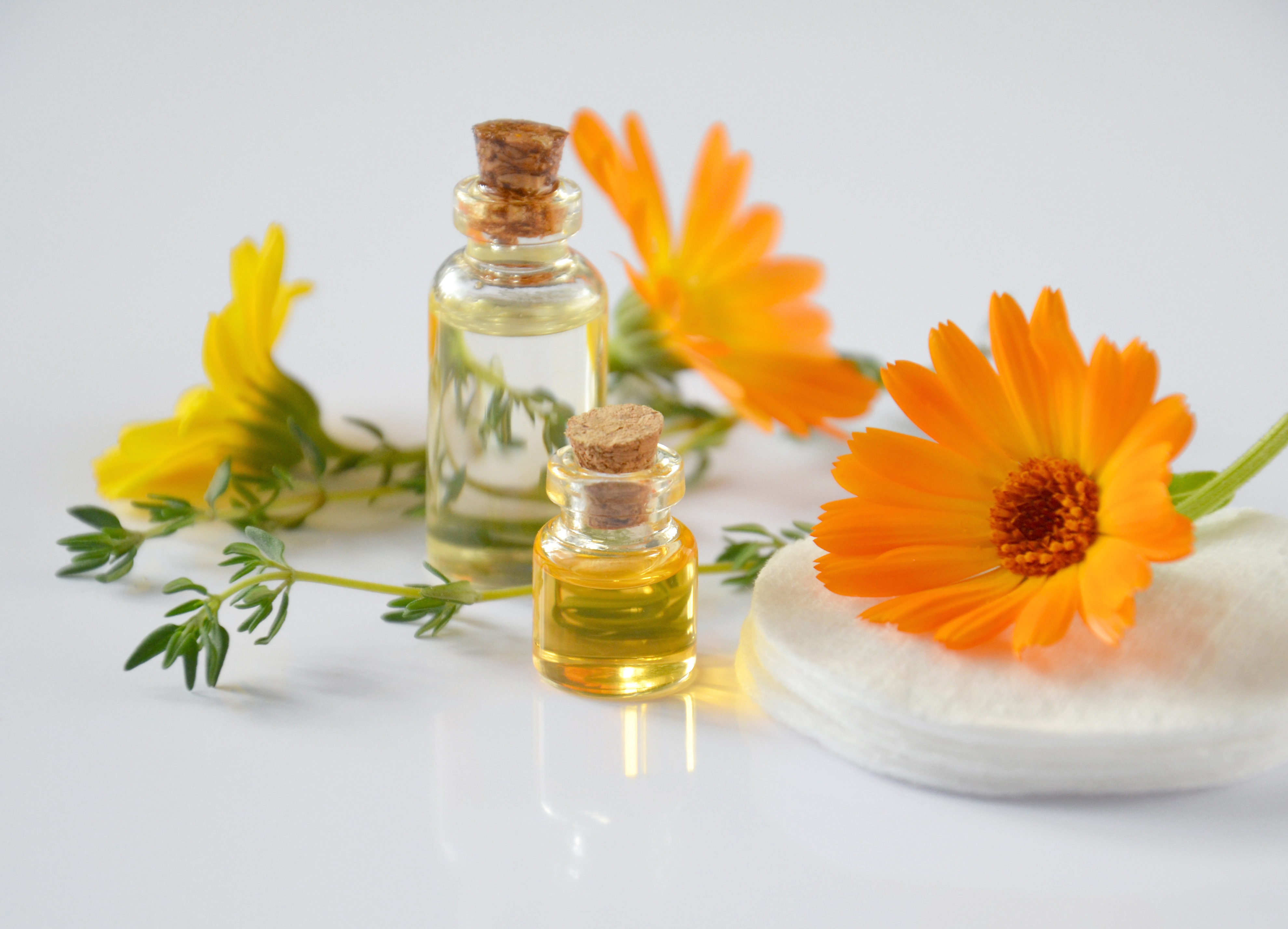Product Introduction
Surfactants are key ingredients in many cosmetic formulations. It can be used as a detergent, emulsifier, dispersant, penetrating agent or thickening agent. Surfactants can also be added to a variety of products as wetting agents, foaming agents or solubilizers.
Surfactant Types
Nonionic surfactants
Common nonionic surfactants in cosmetics include: lauryl polyoxyethylene ether, monoglycerides of oleic acid, and polyoxyethylene lanolin.
Cationic surfactants
Cationic surfactants mainly include primary, secondary and tertiary amines with high-carbon alkyl groups and quaternary ammonium salts.
Anionic surfactants
Common anionic surfactants include fatty acid soaps, sodium dodecyl sulfate, and soy phospholipids (lecithin). The advantages of these surfactants are mainly in their detergency and detergency. Therefore, they can show good cleaning, wetting, emulsifying and foaming effects when used in cosmetics.
Amphoteric surfactants
The most common amphoteric surfactants in cosmetic manufacturing processes are: cocamidopropyl betaine, imidazoline, etc. Their advantages include strong detergent properties, mild chemical properties, low toxicity, and no obvious irritation to human skin and eyes, as well as good biodegradability.
Application of Surfactants in Cosmetics
Detergency
Surfactants are an important part of all cleansing formulations. Dirt can adhere to the skin and hair through natural skin oils or oily contaminants absorbed from the environment.
Wetting
Surfactants also act as wetting agents, making the product easier to apply, while also helping to lift oil from the surface for removal. Surfactants are used as wetting agents in the formulation of creams and lotions.
Foaming
Air bubbles form when air is mixed into a liquid as a result of applying the product to the skin or hair. Small amounts of surfactant added to a product reduce the surface tension between the liquid and gas phases, thereby reducing the work required to create bubbles.


